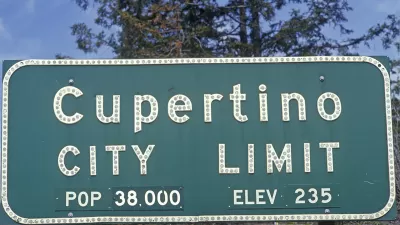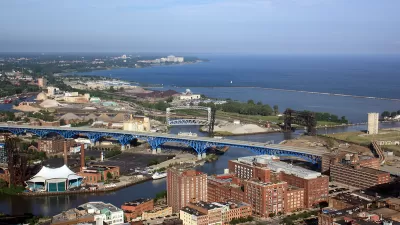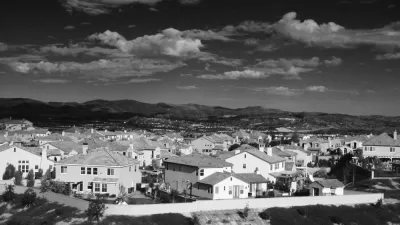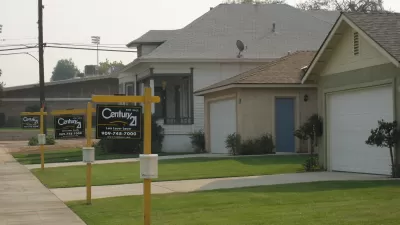As affluent whites have returned to more urban areas, some might think that white flight is a relic of the 20th century, but overwhelming evidence shows that white flight continues, just in a different place and time.

"White flight from highly concentrated Asian immigrant communities or 'ethnoburbs,' a term first coined by Wei Li, is nothing new," writes Anjali Enjeti.
The story builds on the story told in this passage about the persistence of white flight—though the years and locations might change:
Sociologist Samuel H. Kye, the author of Segregation in Suburbia: Ethnoburbs and Spatial Attainment in the Urban Periphery, examined segregation patterns in 150 middle class metropolitan black, Hispanic, and Asian ethnoburbs from 1990 to 2010. By focusing on middle-class, as opposed to lower-class ethnoburbs, he hoped to eliminate poverty as a factor for white flight. In a phone interview, he relays that the relative economic prosperity of an ethnoburb does not diminish white people’s decisions to abandon it. “Across the board, any time you see a significant presence of minority residents, there is a near perfect predictor of exodus of white residents,” he says.
The article includes anecdotes from the author's life in Johns Creek, a suburb of Atlanta that has become more and more Asian as whites have moved to the next suburban ring over, but Enjeti also provides data on the trend from around the country and especially the city of Cupertino, a suburb of San Jose, California.
Enjeti is not offering a dry demographic analysis of white flight. The point is to call attention to the racial motivations behind out-migration of whites from ethnoburbs: "Somehow white parents’ liberal politics and progressivism do not inform them that the decision to relocate to avoid Asians is racism. They’ve defined the term so narrowly, their own individual acts of prejudice don’t meet it."
FULL STORY: Ghosts of White People Past: Witnessing White Flight From an Asian Ethnoburb

Planetizen Federal Action Tracker
A weekly monitor of how Trump’s orders and actions are impacting planners and planning in America.

San Francisco's School District Spent $105M To Build Affordable Housing for Teachers — And That's Just the Beginning
SFUSD joins a growing list of school districts using their land holdings to address housing affordability challenges faced by their own employees.

The Tiny, Adorable $7,000 Car Turning Japan Onto EVs
The single seat Mibot charges from a regular plug as quickly as an iPad, and is about half the price of an average EV.

With Protected Lanes, 460% More People Commute by Bike
For those needing more ammo, more data proving what we already knew is here.

In More Metros Than You’d Think, Suburbs are Now More Expensive Than the City
If you're moving to the burbs to save on square footage, data shows you should think again.

The States Losing Rural Delivery Rooms at an Alarming Pace
In some states, as few as 9% of rural hospitals still deliver babies. As a result, rising pre-term births, no adequate pre-term care and "harrowing" close calls are a growing reality.
Urban Design for Planners 1: Software Tools
This six-course series explores essential urban design concepts using open source software and equips planners with the tools they need to participate fully in the urban design process.
Planning for Universal Design
Learn the tools for implementing Universal Design in planning regulations.
Smith Gee Studio
City of Charlotte
City of Camden Redevelopment Agency
City of Astoria
Transportation Research & Education Center (TREC) at Portland State University
US High Speed Rail Association
City of Camden Redevelopment Agency
Municipality of Princeton (NJ)





























